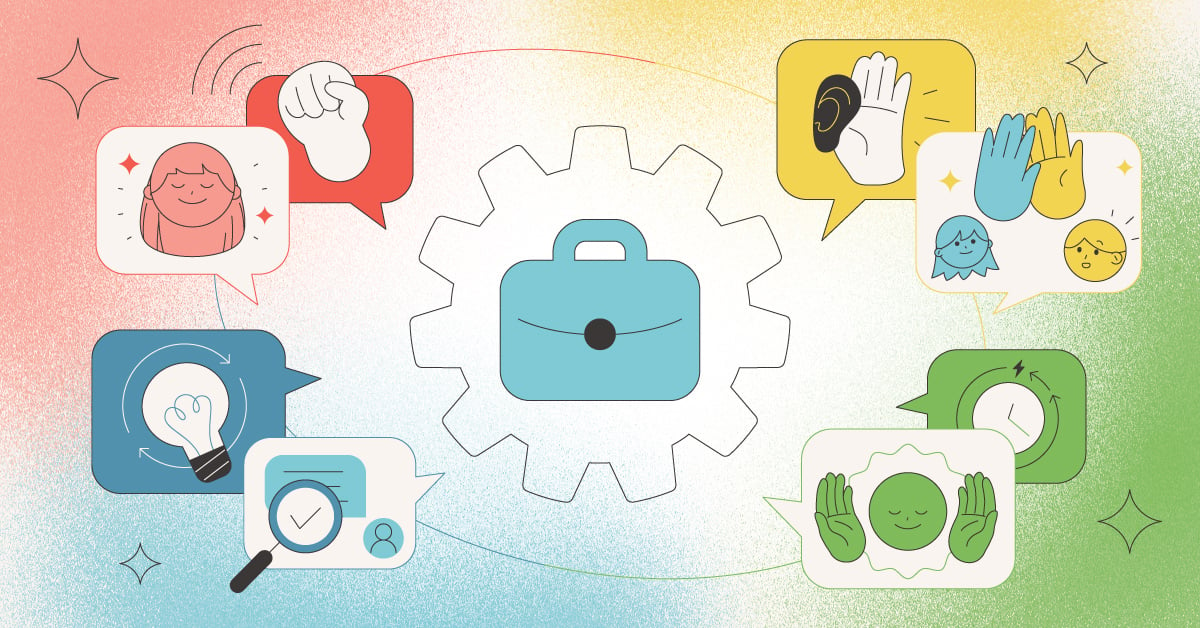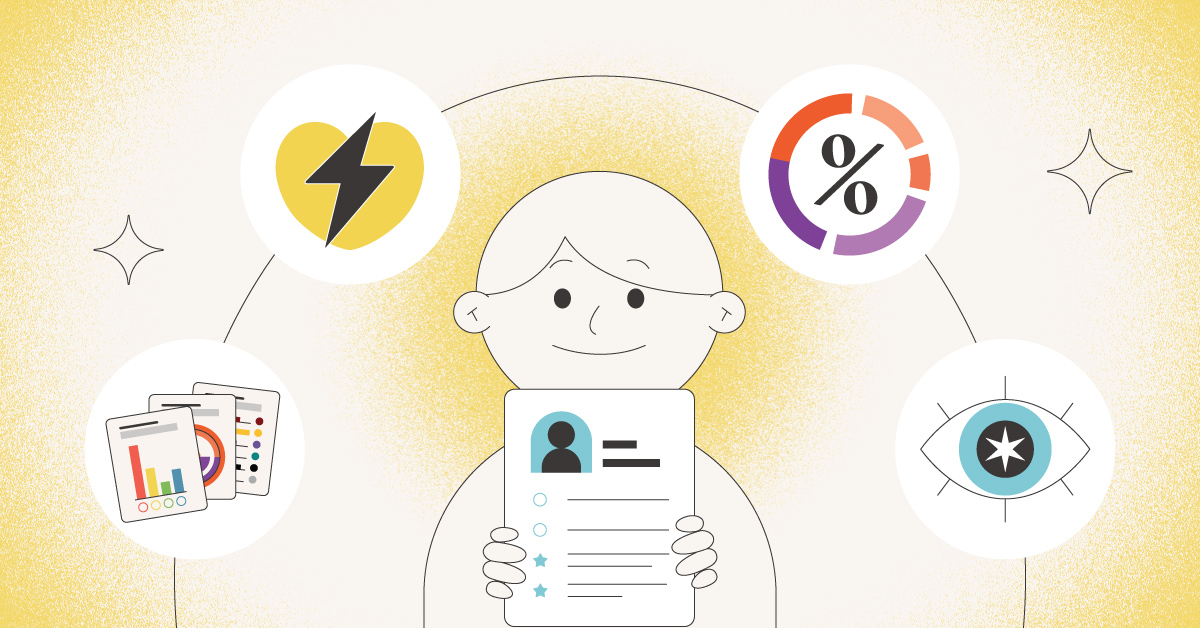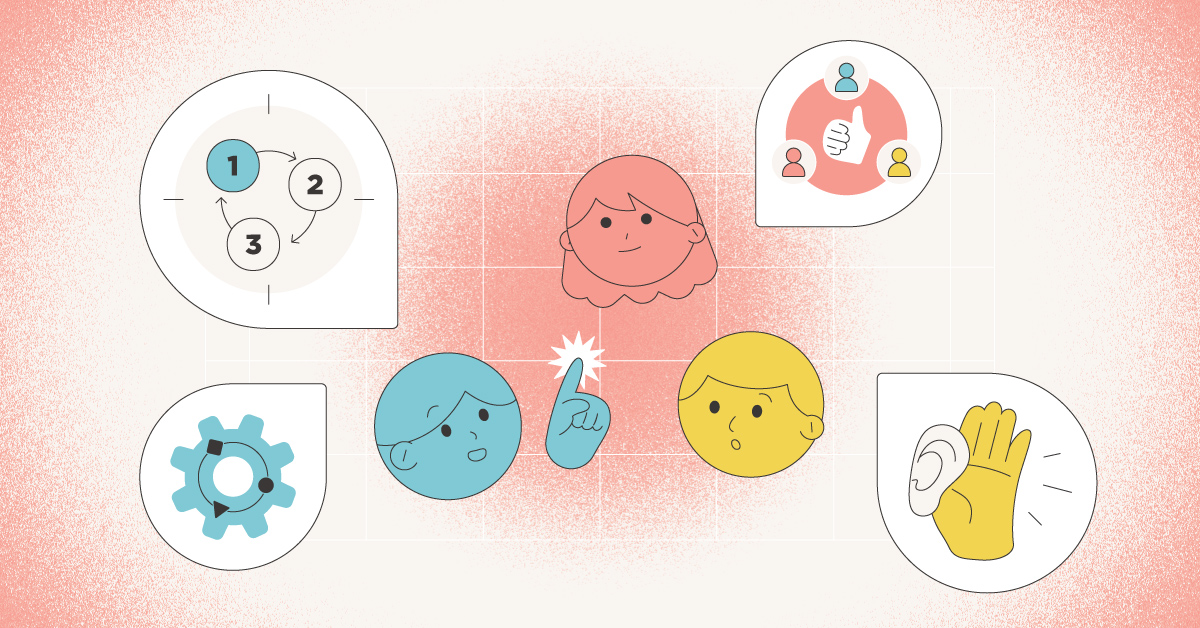
What Is The 12 Driving Forces Assessment?
If your organization harnesses the power of the right kind of skill assessment, it will reveal human potential in your teams and help uncover previous hidden insights. One of those assessments is The 12 Driving Forces.
The 12 Driving Forces is an assessment that measures why a person does what they do. It measures the motivation (and strength) behind behaviors, using 6 different motivators.
Those motivators are...
- Knowledge
- Utility
- Surroundings
- Others
- Power
- Methodologies
These 6 motivators are each divided into two distinct sides, measuring each factor. Based on a continuum, these 12 drivers make up a person’s cluster of Driving Forces.
Read more about the basics of The 12 Driving Forces here.
How are Others Defined in The 12 Driving Forces?
The focus of the Social motivator continuum is others – more specifically how a person values giving, being of service, and helping others. The keyword for the Social is Others and the two ends of this continuum are Altruistic and Intentional.
It’s important to remember that both ends of the continuum value helping others; it just shows up in very different ways depending on your motivator.
What Does Intentional Mean in The 12 Driving Forces Assessment?
People with an Intentional driver are people who are driven to assist others for a specific purpose, not just for the sake of being helpful or supportive.
You know the saying, “Give a man a fish and you feed him for a day; teach a man to fish and you feed him for a lifetime”? That’s what the Intentional person is all about. They see the world and the people in it as part of a toolset to accomplish their own goals, and as a result, they are selective about who, when, why, and how much they are willing to give to others.
This doesn’t mean that Intentional people don’t care about others! It simply means that they are careful with their energy and resources and want to see a return on their investments.
What Do Intentional People Need in the Workplace?
Intentional people have a few very specific needs in the workplace. Luckily, these needs align with traditional workplace goals and results-driven metrics. Let’s start there; people with Intentional drivers need to have set KPIs that they’re measured by individually. Intentional people want to be measured and recognized on the metrics of their work, and while that isn’t always possible, embrace it whenever you can to help them engage.
It’s important to remember that Intentional people do care about others, just in their own way and on their own terms. They can be fiercely loyal and protective of their team, or anyone they determine to be in ‘their circle’. This is great for those team members but can mean that they come across as cold or insensitive to the plights of others outside of that circle. Make sure to have your Intentional team members collaborate across departments when possible, and encourage them to find a mentor or to mentor others to broaden their perspective.
One of the most important things for an Intentional person is accountability across the board in an organization. They want a good reason to put one hundred percent and won’t respond well if others aren’t doing the same. Make sure that everyone within your organization is measured by equal metrics, and work to ensure that your executive team is transparent about goals, standards, and their own performance as well as performance within the organization. Your Intentional team members will notice.
What Does Altruistic Mean in The 12 Driving Forces Assessment?

Altruistic people are driven to assist others for the satisfaction of being helpful or supportive. They hold the firm belief that all people should have the opportunity to be the best they can be, and will give generously of their time, talent, and resources with no expectation of personal return.
People with an Altruistic driver have a keen sense of noticing and responding to what others need. They will also sacrifice their personal gain in a situation if the outcome is detrimental to others, and are prone to giving in relationships by focusing only on the benefits of their actions to others. They prefer to avoid conflict and inconsiderate actions towards others and will go the extra mile to make sure all parties leave a situation as happy as possible.
What Do Altruistic People Need in the Workplace?
Altruistic people will be most successful in a workplace environment that reflects their values. Making your workplace socially responsible is already the play for organizations that want to be at the top of their industry, and it has the added benefit of engaging your Altruistic employees! Supporting community and public service events will give your Altruistically driven team members a motivational boost. Ask them for ideas and causes close to their hearts, and help them brainstorm how to get your company involved!
People with an Altruistic driver need firm boundaries in the workplace. They will go above and beyond to help others at a cost to their own well-being, so make sure that your team has a strong work/life balance. If you hint or imply that these boundaries are optional, your Altruistic team members will read between the lines and likely suffer from burnout, so make sure your leaders’ are protecting the resources and capacity of their teams.
Speaking of resources, make sure you are allocating time and resources for Altruistic people to help others in their day-to-day. If you’re putting too much emphasis on bottom-line results and not giving them time to grow relationships with others and assist in different areas, they’re going to disengage. Set aside capacity for these team members and give them a chance to assist others without sacrificing productivity.
Intentional Drivers, Altruistic Drivers, And You
Harmonious people and Objective people both care about others and bring their own strengths and opportunities to a team. Make sure to understand both ends of the spectrum for the fullest understanding and engagement.
If you want to harness the power of The 12 Driving Forces for your team, TTI SI can help. Contact us here to get started revealing human potential.




